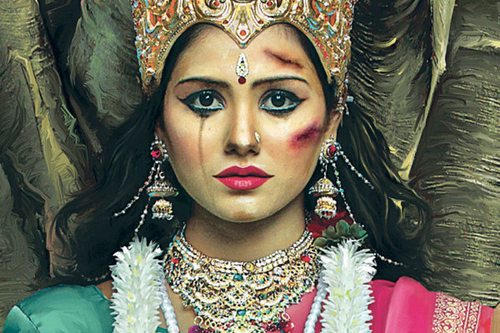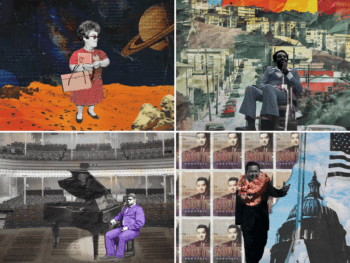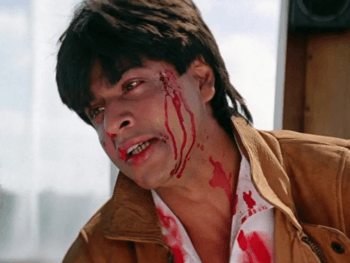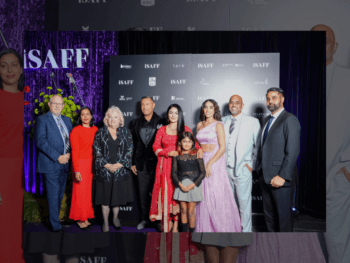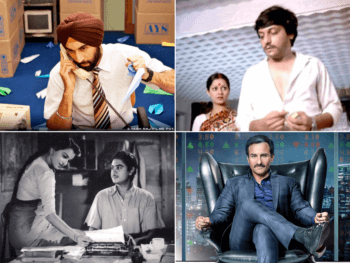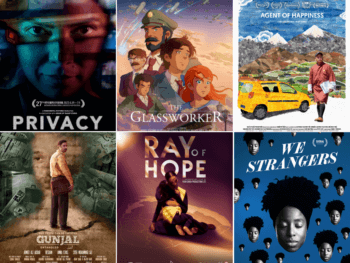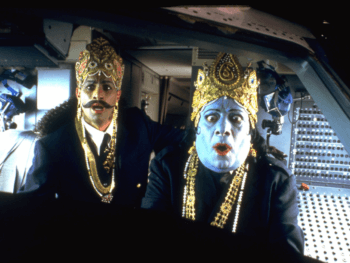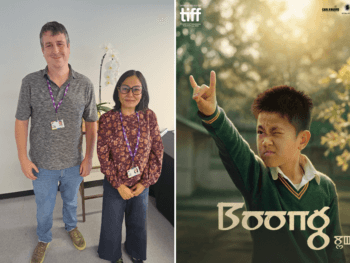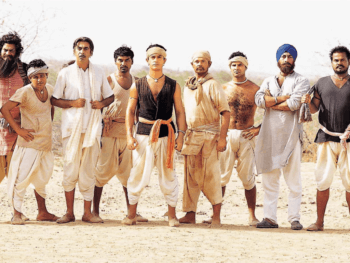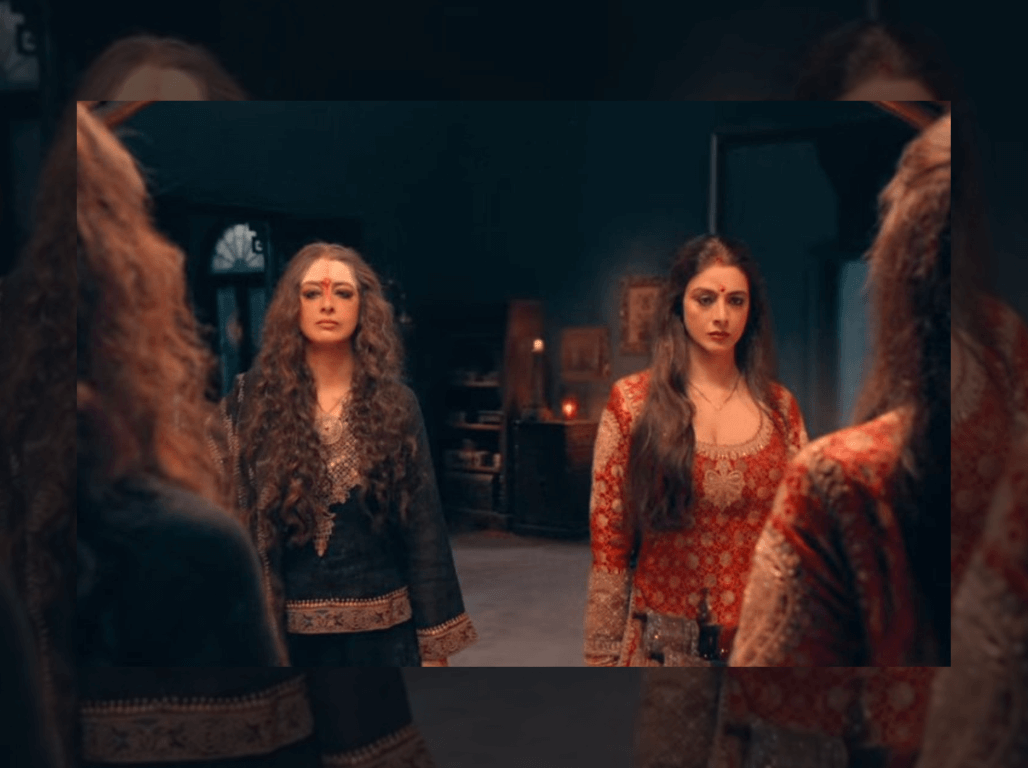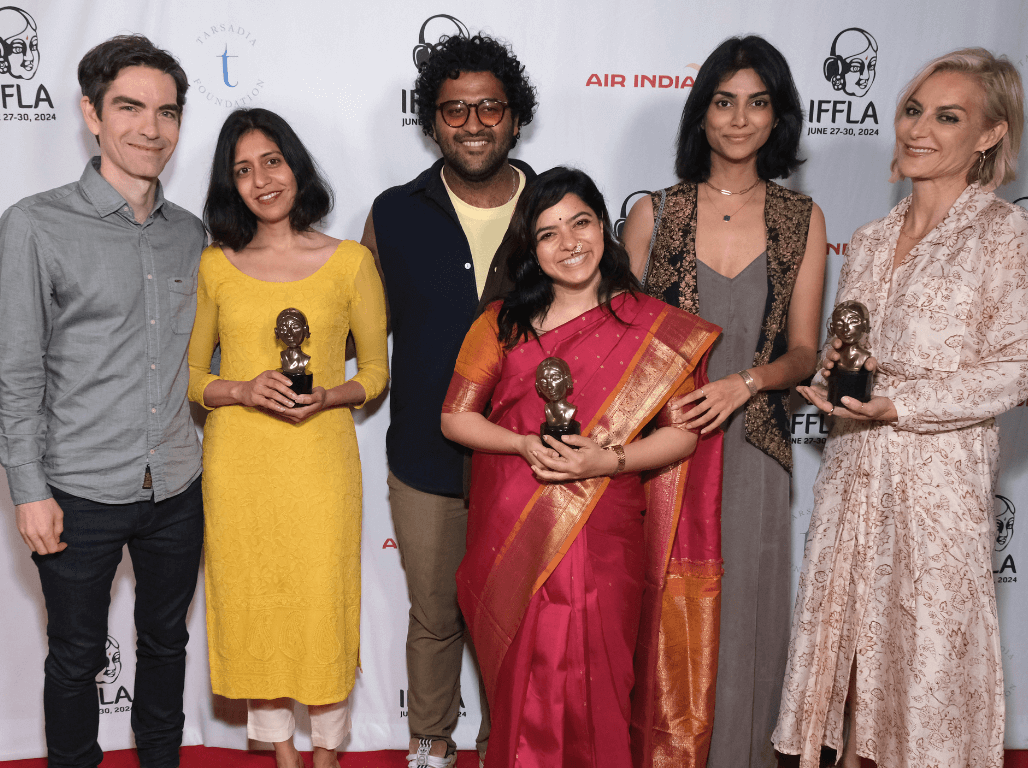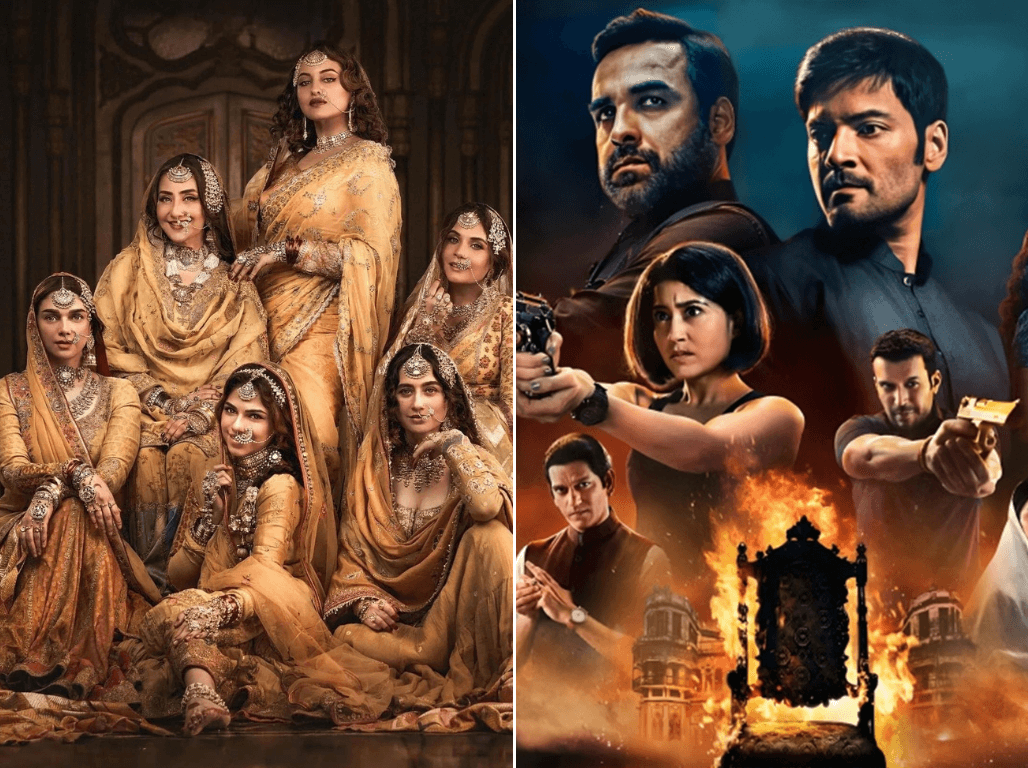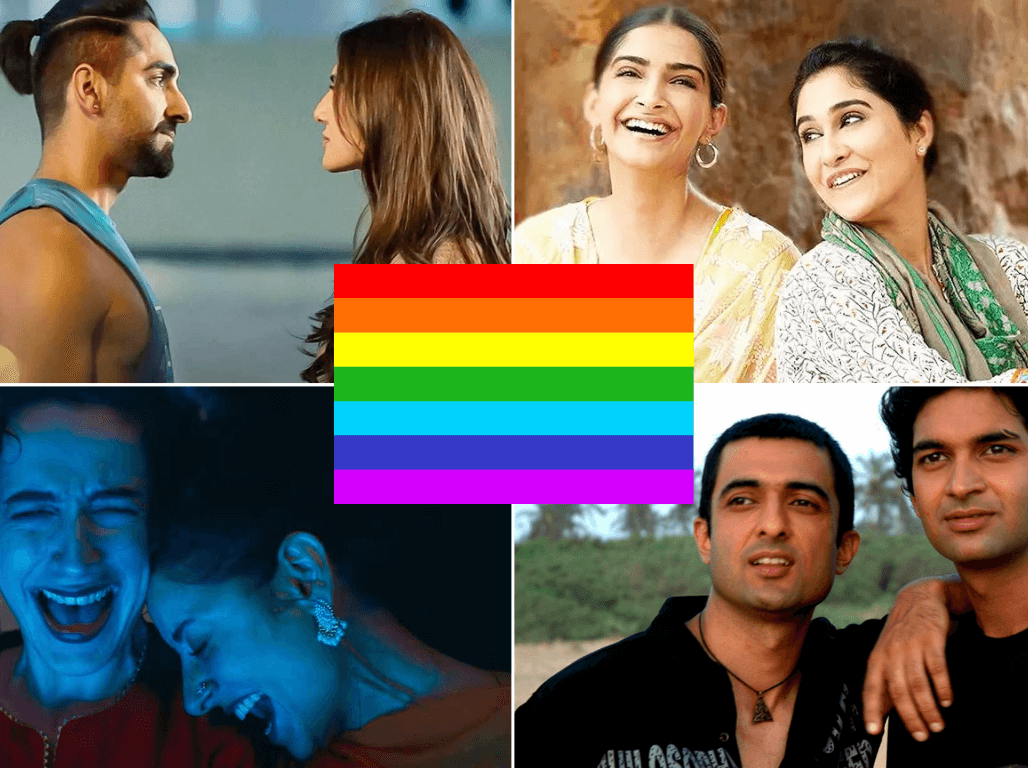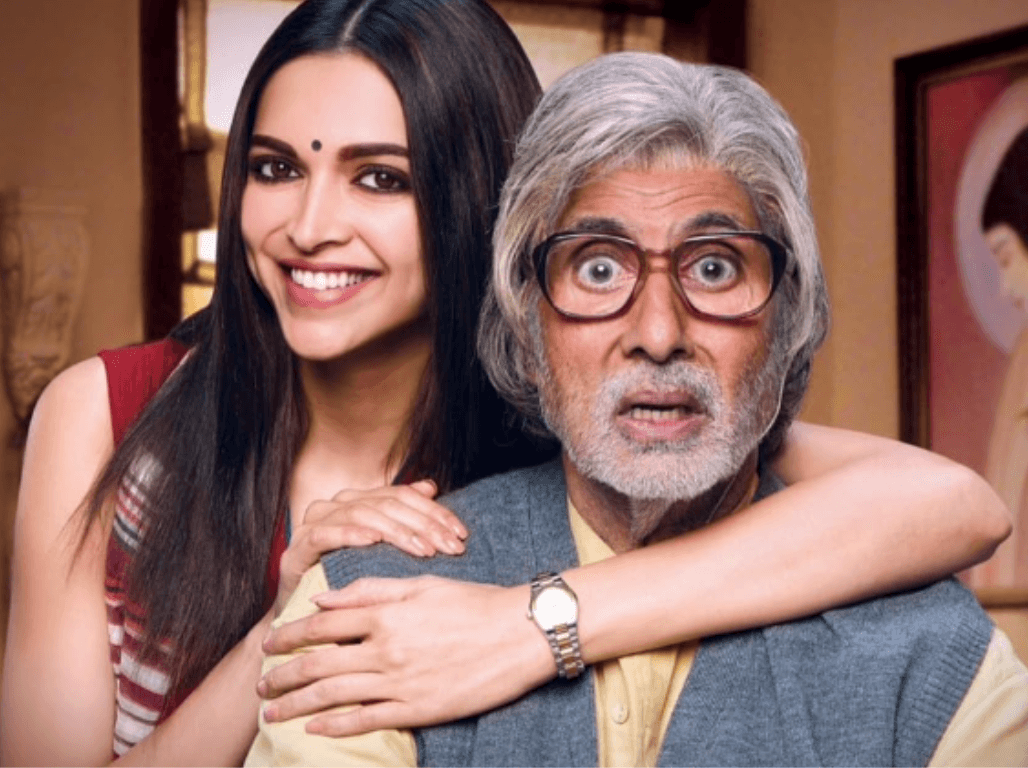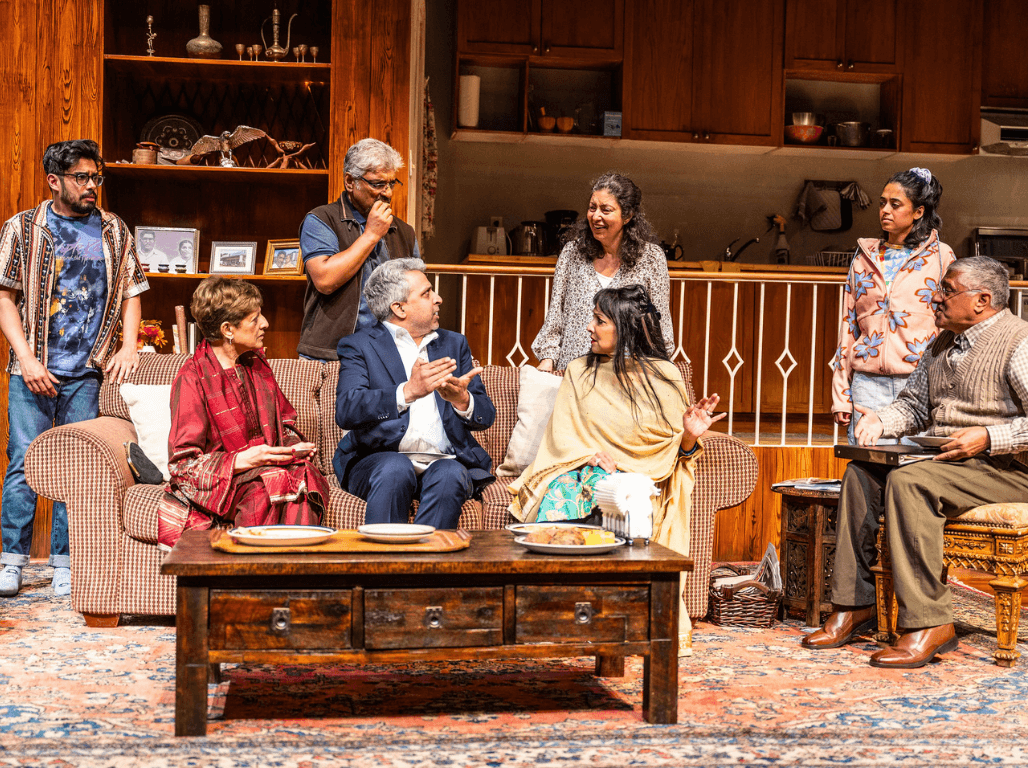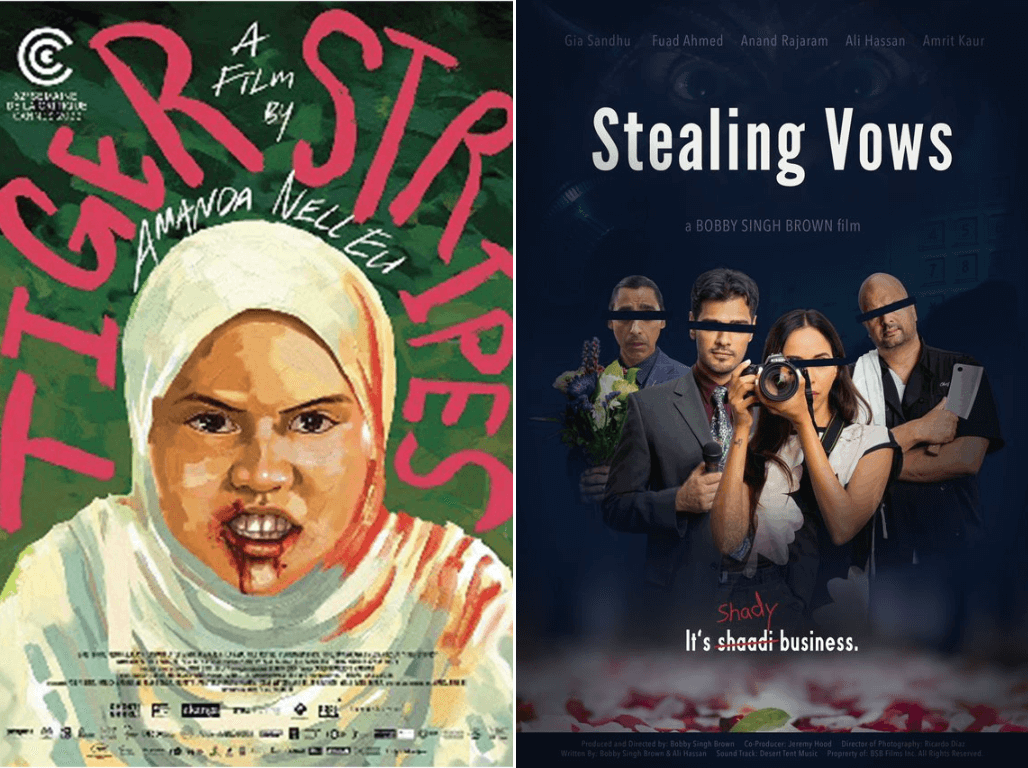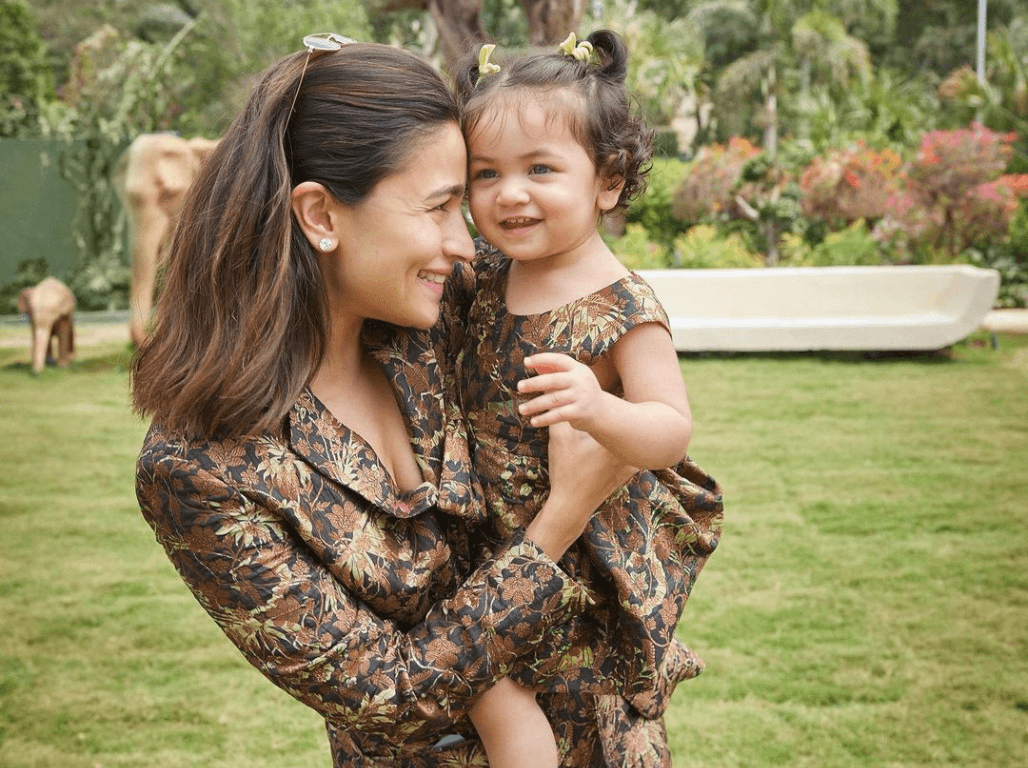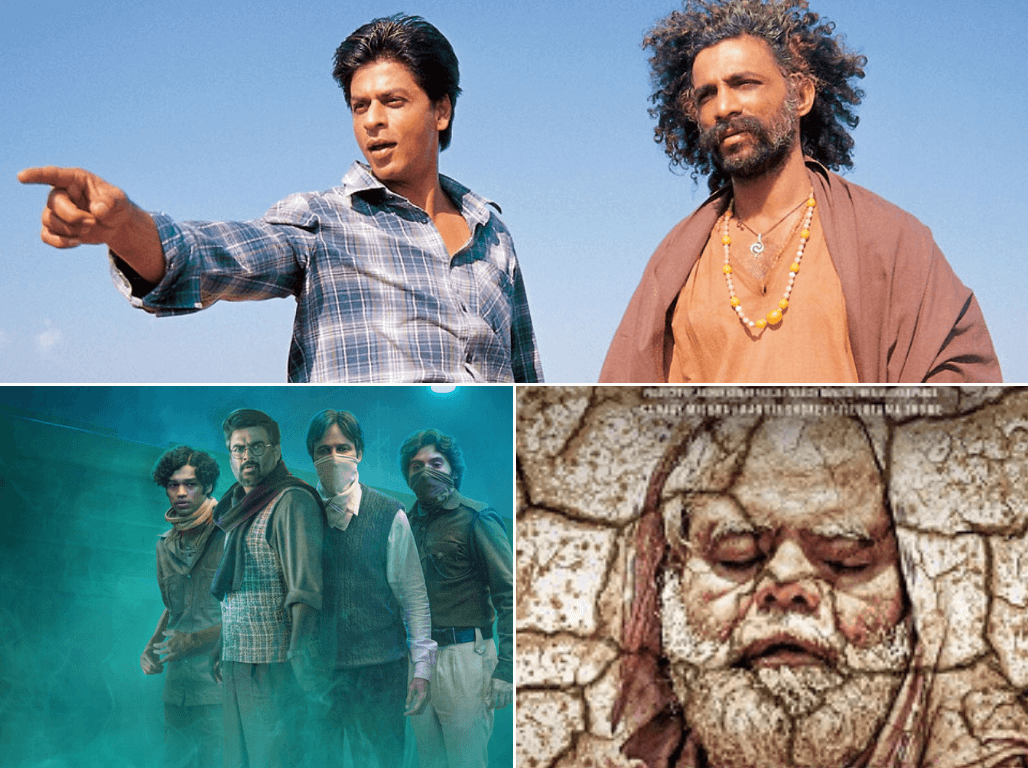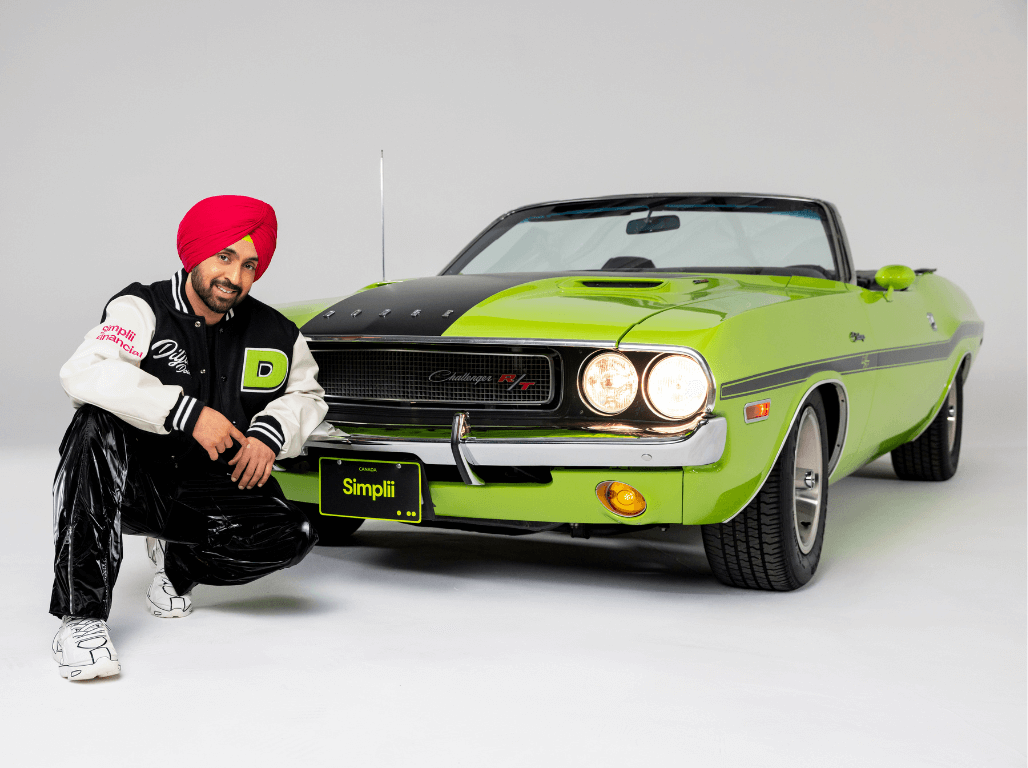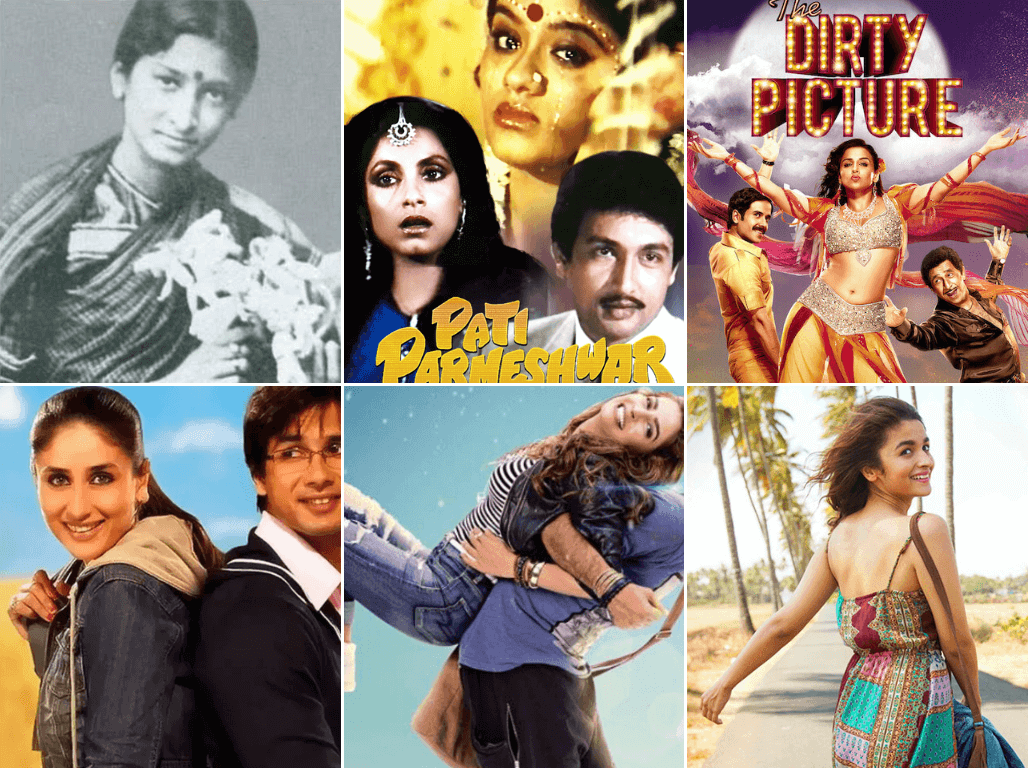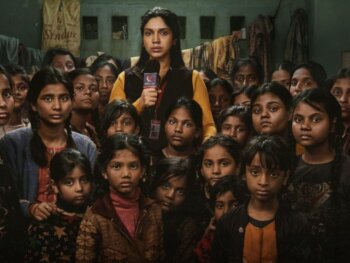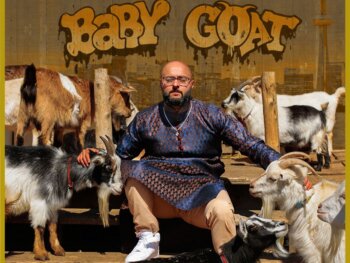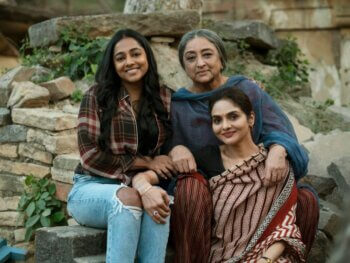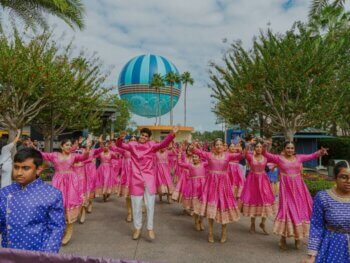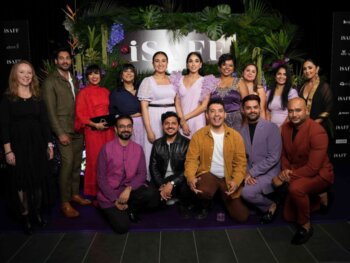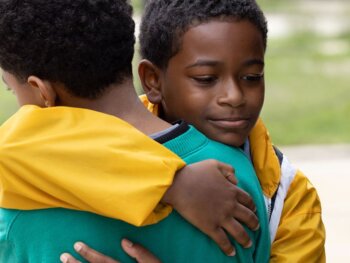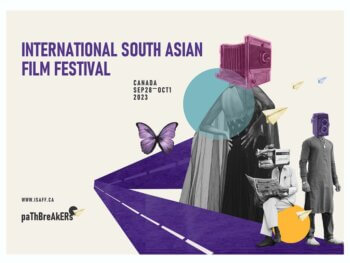A picture is worth a thousand words, it is said. Few images perhaps epitomize this idiom better than these powerful visuals, depicting physically abused Hindu Goddesses.
Here is a crash course in Hindu mythology for those who do not know:
Saraswati, is the Goddess of Knowledge
Lakshmi, is the Goddess of wealth and prosperity
And Durga, is the Protector
But Saraswati, in her infinite wisdom, Lakshmi, in all her riches, and Durga, in her strength, are unable to protect themselves in face of debilitating domestic abuse. Indian agency Taproot’s hauntingly beautiful images have exploded all over the world wide web, bringing to light the contradiction that sees worship of female goddesses while gender abuse against women remains a common occurrence.
The National Health Family Survey of India reports that every two out of five (or 37%) of married women in India have experienced physical and/or sexual abuse by their husbands.
The report finds that these violent acts include: attempting to choke or burn, kicking, punching, dragging and beating, pulling of hair and twisting of arm, throwing items at the victim with the intention of causing physical harm, threatening with a gun, knife or another weapon, and marital rape.
Of these, slapping is the most common, with 34% of married women having experienced this form of abuse. Approximately the same percentage of women have visible injuries that include cuts, burns, eye injuries and dislocations.
As expected, the numbers differ significantly when compared across social, financial and educational classes. Of the uneducated population, a staggering 46% of women have suffered physical and emotional abuse within their households.

Women belonging to a weak financial background have a much higher chance of getting abused(at 49% of all married women) as compared to their counterparts who are financially well-off (at 18%). Alcohol is often cited as a contributing factor.
While domestic violence exists all over the world, in South Asia it is perhaps mostly fueled by the society’s inherent patriarchy.
India as a nation is making leaps and bounds in the field of development and modernization, yet a good part of it remains under the oppressive shackles of a male oriented and male dominating society, where laws, morals and ethics are decided by, and broken by, men themselves.
So persistent and deep-rooted is this patriarchy, that there exist only 947 females for every 1000 males in India, owing to the widespread female foeticide and infanticide problem. The state of Punjab has seen the worst of it, with men having to travel across the country to find brides, and in some cases, resorting to share a bride(often without her consent) with other men of the household.
Despite the fact that the practice of sex determination has been banned by the government, the practice is ever so popular, having grown into a $244 million USD industry.
Parents do not wish to produce and raise a female child, as she herself carries the burden of her family’s “honor”, one that can be tarnished with the slightest step outside the moral boundaries decided by her society. Fear of having to provide a substantial dowry to marry her off is another contributing factor.
As highlighted by this campaign, India is a nation of paradoxes. These goddesses are worshipped and revered by many, their female personas considered the ideal being by both men and women.
Yet, as evident by the statistics, this honor does not translate into everyday practical lives. It will be unfair to place the blame entirely on men, however, as more often than not, women play an equal part in it. The National Family Health Survey reports that a shocking 54% of women in India believe in the necessity of using physical violence against women by husbands when "needed", as compared to 51% men.
These women agree with men on the principle that in case of disrespect of in-laws(husband’s family), as well as any carelessness towards family and household, it is acceptable and rather encouraged for the husband to physically abuse his wife as a punishment. Abused victims are treated as children, who need punishment as a deterrence against future misdemeanors.
Taproot’s extremely effective campaign is working to help the Save Our Sisters (SOS) initiative, started by Save The Children India.
The program strives to put an end to human trafficking involving young girls as well as women, and provides saved victims with training, employment opportunities and security, enabling them to live life in a normal, healthy and productive manner. Let us hope the images of a battered Durga, Lakshmi and Saraswati will help serve the cause.
Sources Images: http://hetv.org/, http://creativity-online.com, http://www.medindia.net, http://www.unicef.org, http://www.savethechildrenindia.org/, Images: Facebook
Farah Khan
Author
Farah joined ANOKHI LIFE while finishing up her degree in English Literature and Writing at the University of Toronto. Her position since then has expanded across all departments, everything from office administration and corporate affairs, to ANOKHI's online presence and events. . .


















































